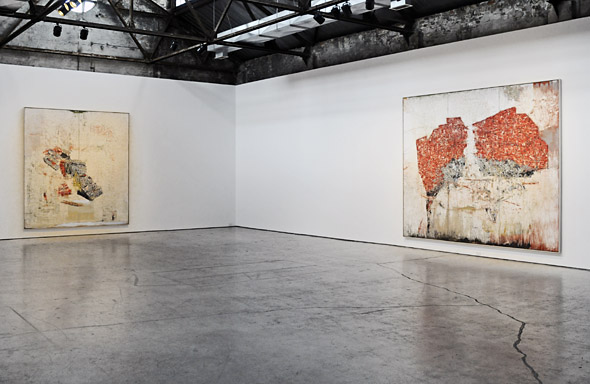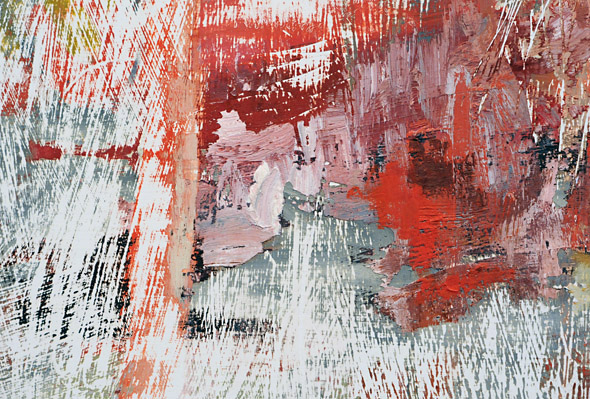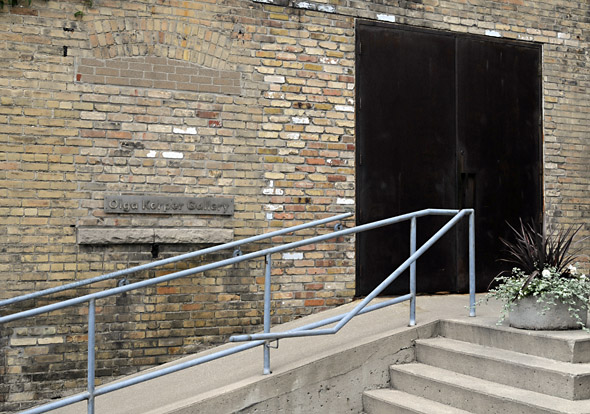
Olga Korper Gallery
Olga Korper Gallery has a lengthy and fascinating history. Started in the basement of Korper's former apartment on Markham Street, after a few years the then makeshift gallery moved to the 4th floor of 80 Spadina, which it shared with Wynick/Tuck Gallery . Though there wasn't much wrong with this space per se, a client of Korper tipped her off about former foundry and Mattress factory on Morrow St. off Dundas West in Roncesvalles Village . The rest, as they say, is history: this location of the gallery is on the cusp of its twentieth birthday.

The first to take up shop at the complex on Morrow Avenue, Korper can be thanked for its current existence as a mini-hub of creative and artistic activity, including Peak and Christopher Cutts Galleries. It wasn't easy, however. Having been abandoned after its last industrial incarnation, it took about a year and a half to renovate the gallery and the area around it.
But, as is often the case with conversions of industrial space to gallery space - think of Chelsea in New York - the result is ideal for the display of art. The huge exhibition area can accommodate almost any manner and size of installation, and the high roof/ceiling gives the room a decidedly open feel. In other words, this is not your narrow and claustrophobic start-up gallery. It's as polished as independent galleries come.

Specializing in contemporary art in all major media, Korper has built an established roster over the years, which includes such heavyweights as Bernd and Hilla Becher , Patterson Ewen and Wil Alsop (and more!). It's pretty remarkable the collection of talent here, and it makes the gallery a good one always to keep an eye on: every show seems to be exciting and challenging.

Despite the obvious success she's found as a dealer, Korper remains humble and self-deprecating. As we spoke about the Toronto art community, she continually expressed her enthusiasm and support for young curators and gallery owners who are doing much to enrich a scene that not so long ago was considerably less vibrant. Owning a gallery is a tough way to make a living, particularly in the first years, and when asked what some of her keys to success have been, the main thing Korper cited was luck.
Now I know this isn't the only reason she's built up such a thriving art business, but I'm sure happy that she's had some, because this is one of those pillars that brings great art to the city.










